ELEGANS Rose, 1905 (engl./ fr.)
Synonyms :
Echeveria perelegans Berger (1930)
Echeveria potosina Walther (1935)
Echeveria elegans var. kesselringiana Poellnitz (1936)
Echeveria albicans Walther (1958)
Echeveria elegans var. hernandonis Walther (1972)
Echeveria elegans var. tuxpanensis Walther (1972)
Series Urbiniae
Type : Rose 960. Collected in the mountains above Pachuca in 1901. US 399884.
Etymology : Referring to the elegant appearance.
Distribution: Mexico (Hidalgo, San Luis Potosi, Guanajuato, Querétaro, Puebla, Jalisco?)
First Description by Rose in Britton & Rose, North American Flora, 22: 22. 1905 :
Leaves numerous, in cultivated specimens 80 - 100, in wild specimens fewer and smaller, in both forming a very compact rosette, very glaucous, of a pale bluish-green colour, very turgid, the margins translucent or in wild specimens reddish, 3 cm long in wild specimens, to 5 - 6 cm in cultivated specimens, 2.5 cm broad near the apex, rounded at apex, except the central ones, and these mucronate-tipped.
Flowering branches 10 - 20 cm long, pinkish, with 8 - 12 pinkish leaves.
Flowers 5 - 7 in a secund raceme, sepals bright-coloured, very unequal, often toothed near the base, ascending, not appressed to the corolla, buds broadly oblong in outline, acutish, corolla 10 mm long, its segments distinct nearly to the base, pinkish with yellow spreading tips, but connivent in age, stamens all borne on the corolla, attached just above its base, 2/3 its length, scales broad, carpels distinct, tapering into slender styles.
Cytology : n = 31, 32, 34, 60, 62-63, 96, 120-130.
Link to short descriptions in English and French.
Note:
E. elegans is a species that is both popular and variable, leading to the publication of several weak taxa which mainly differ in such minor characters as leaf-shape and -size, sepal expansion and corolla colour (petal tips from yellowish to greenish) and are placed here in synonymy.
Unfortunately these now obsolete names are still cherished in private as well as in public collections, producing much confusion because usually applied to the wrong plants :
- The plant Walther described as E. potosina was a plant with few or no offsets. Because its wild origin is unknown, his description is worthless. Nevertheless the name E. potosina is still in use today, mostly - of course - wrongly used for a freely offsetting plant. Therefore the photo in Pilbeam, The genus Echeveria, p. 106, Fig. 117, 2008, showing a heavily clustering plant, is wrong.
- The same applies to plants called E. albicans. The species was also described by Walther and also from a plant in cultivation with unknown origin - however sent to him as E. elegans. Because he did not know how the true E. elegans looked like, he renamed it as E. albicans. Similarly also this description is worthless and plants circulating with this name are wrongly named.
- E. elegans var. hernandonis : In his Review of Walther's Echeveria monograph 1972 Reid Moran wrote : “The new E. elegans var. hernandonis does not appear to differ from the typical variety” - i.e. it is nothing else than E. elegans.
- E. elegans var. kesselringiana is not a synonym of E. albicans as Walther claimed and all subsequent authors have adopted, it is in fact the only plant of this complex really distinctly different from the type and deserving at least varietal rank.
For more information see p. 69-78, 81-82 in
In habitat - Querétaro :
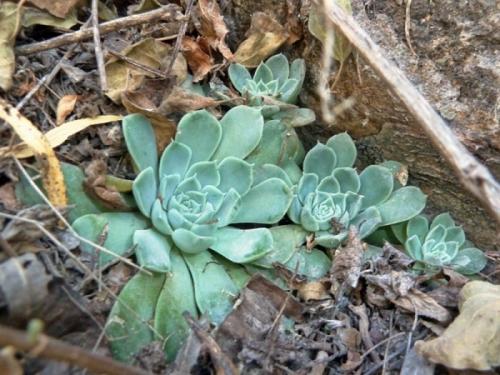
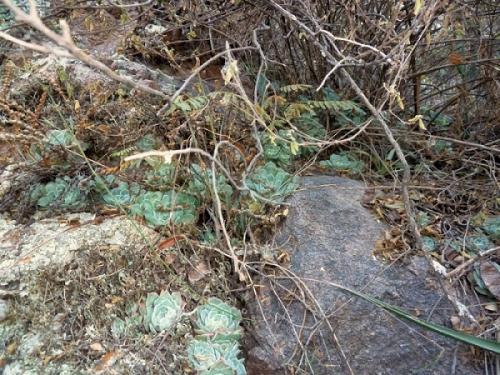
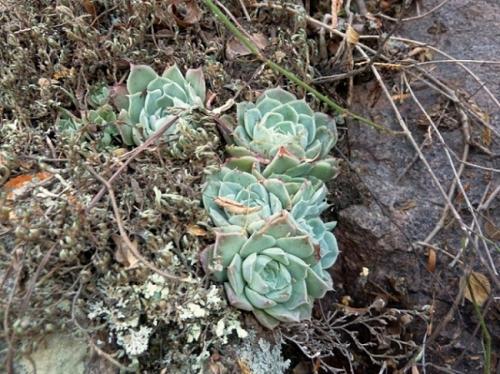
Guanajuato :
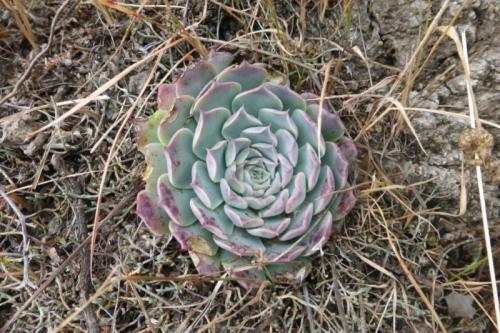
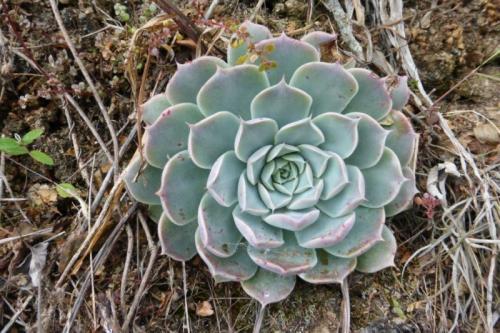
Photos Gerhard Köhres
San Luis Atolotitlan, Puebla :
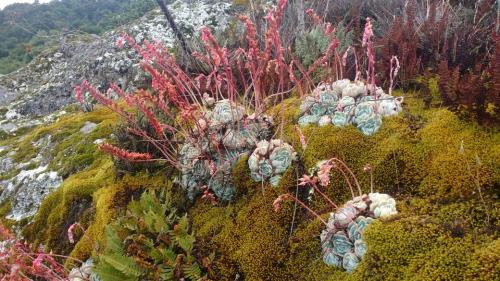
Photo Alfredo Lau
In cultivation :
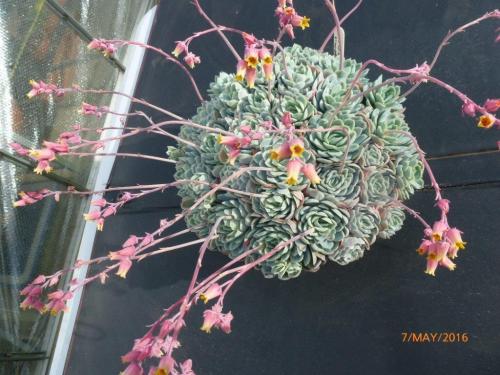
Photo Philip Greswell
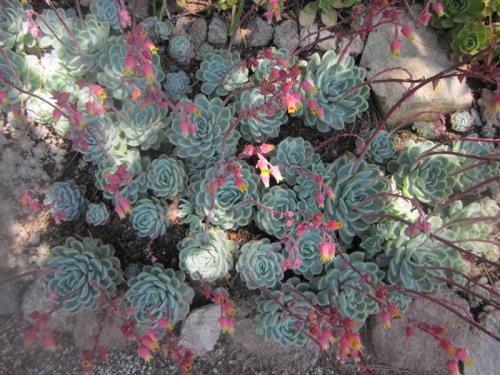
Photo Eduardo Carbonell
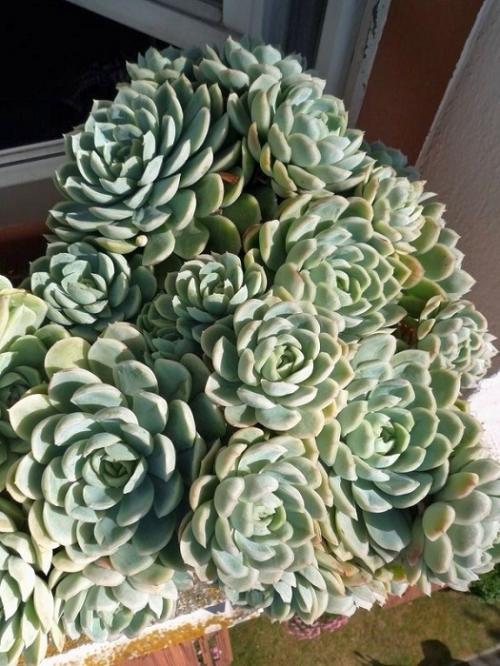
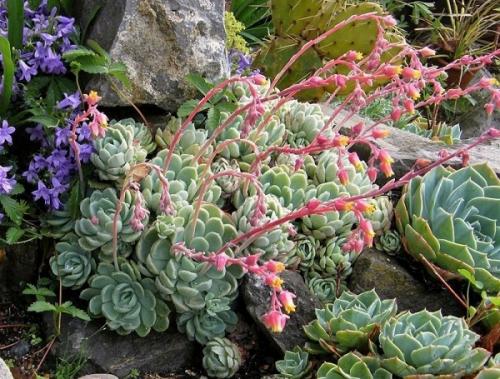
Plants cultivated in a rockery in Basque Country, France, zone 9.
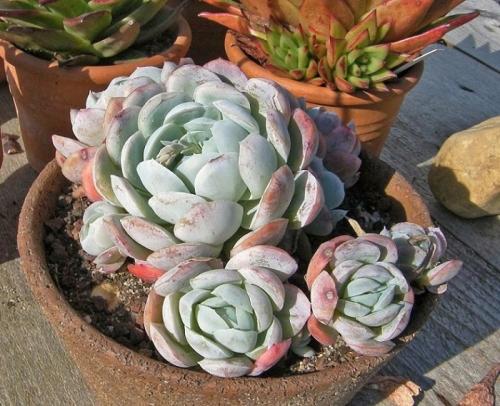
2 forms of Echeveria elegans :
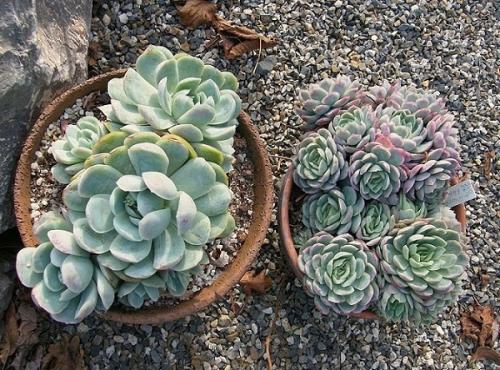
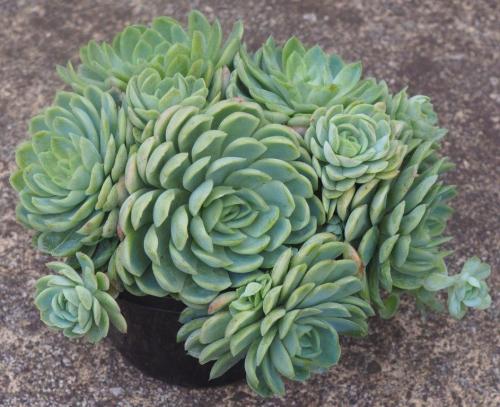
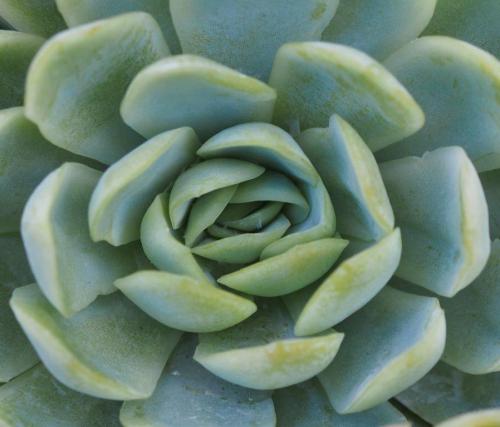
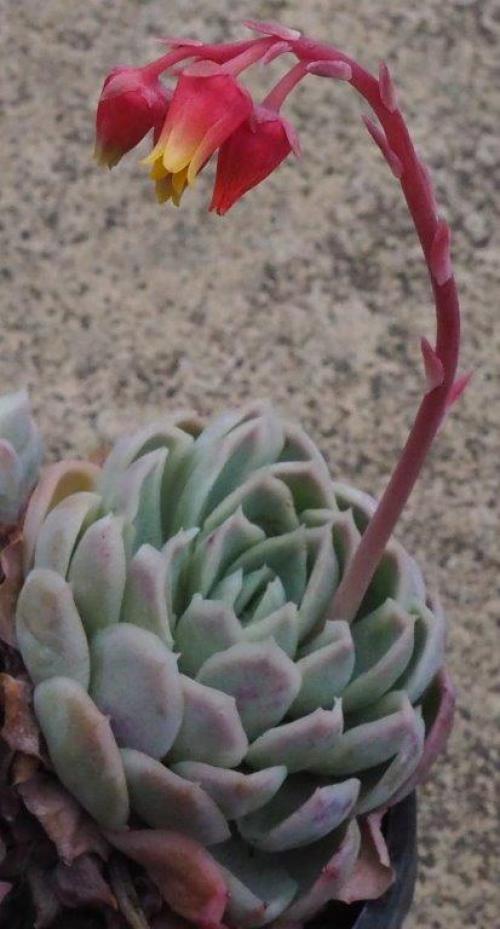
Photos Santino Rischitelli
A variegated form :
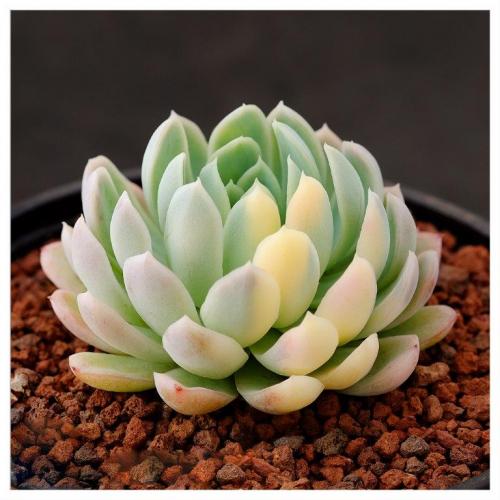
Photo Leo Gonzalez